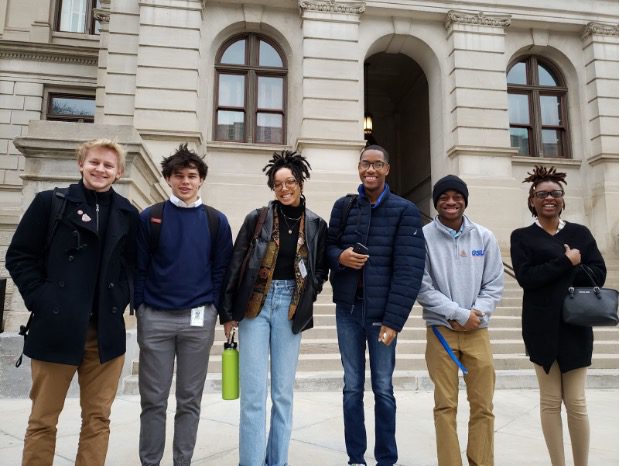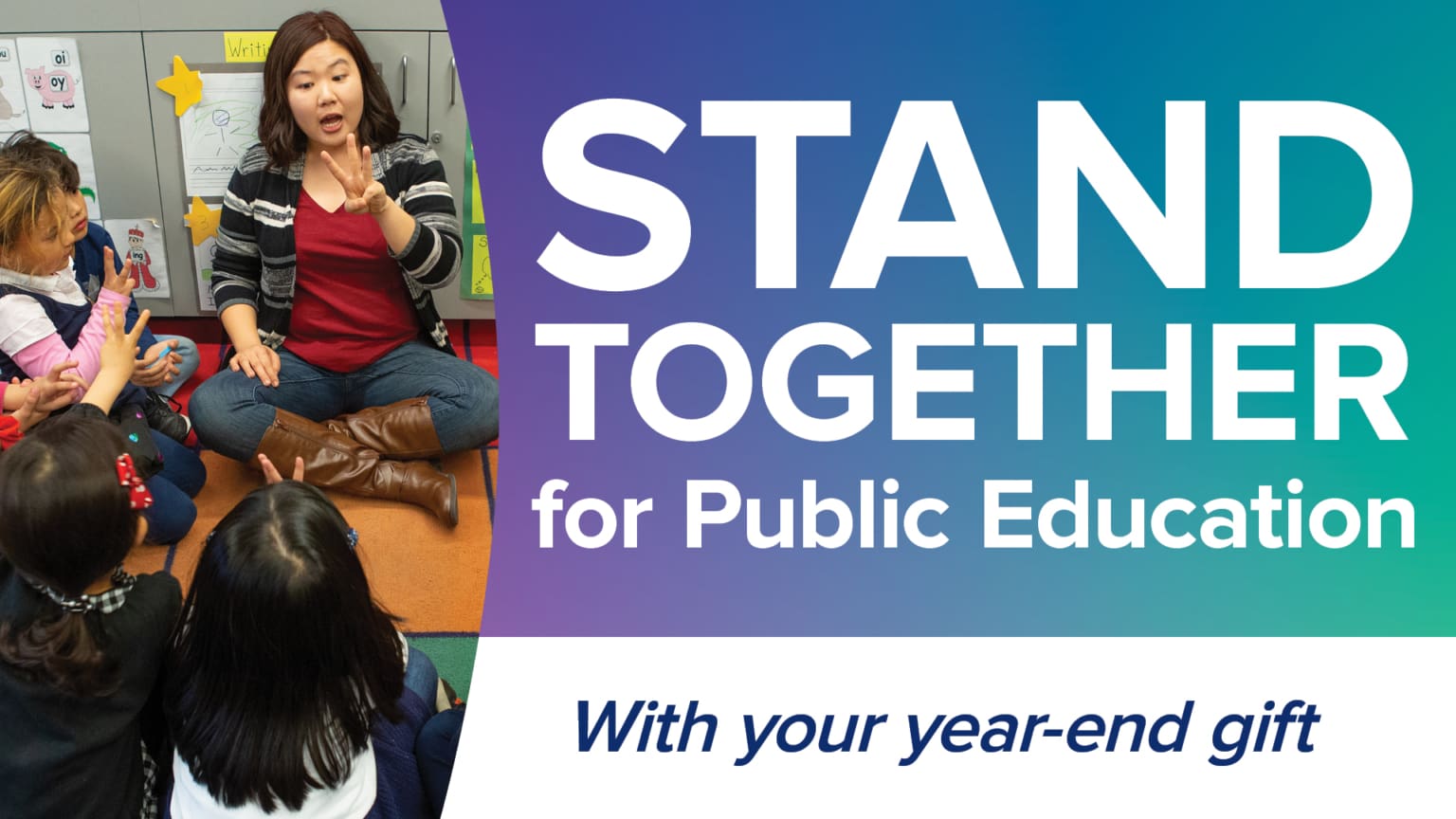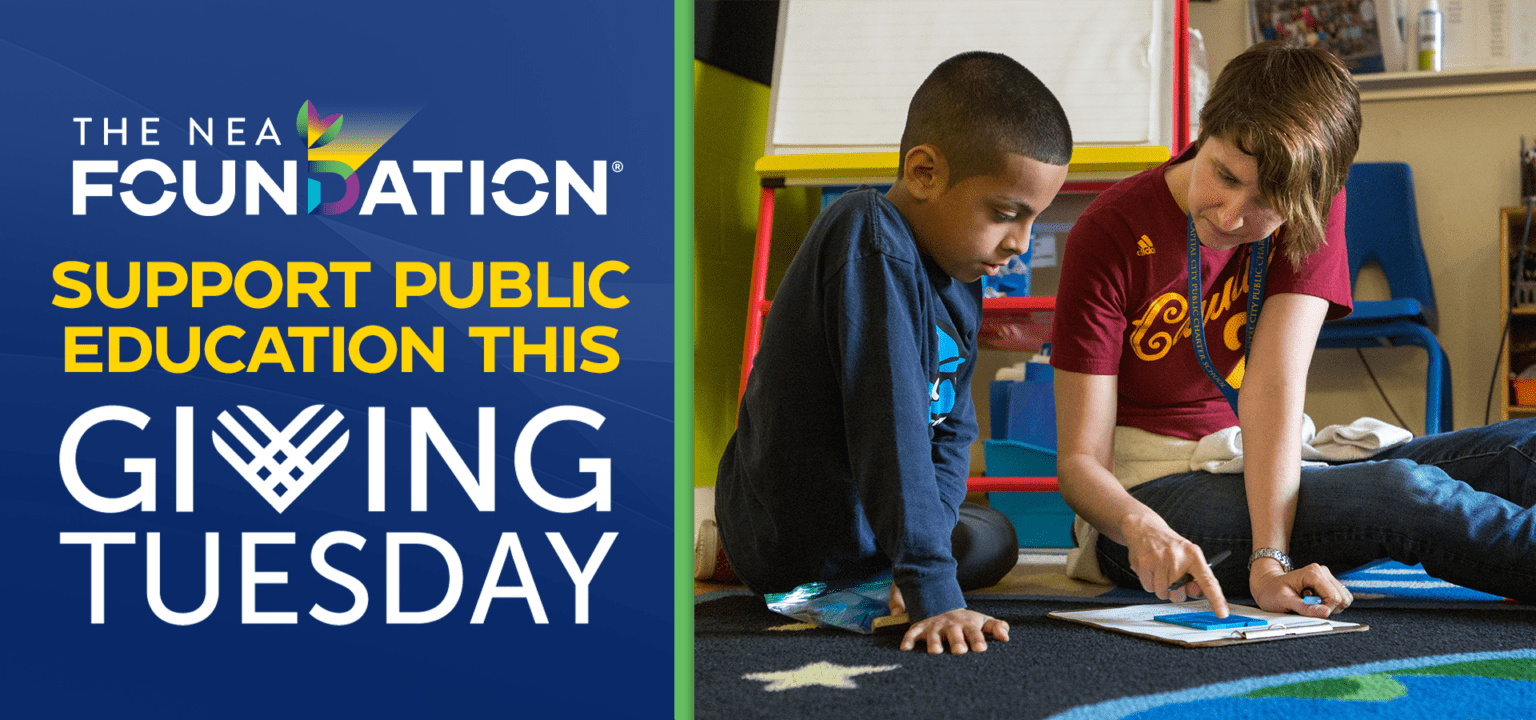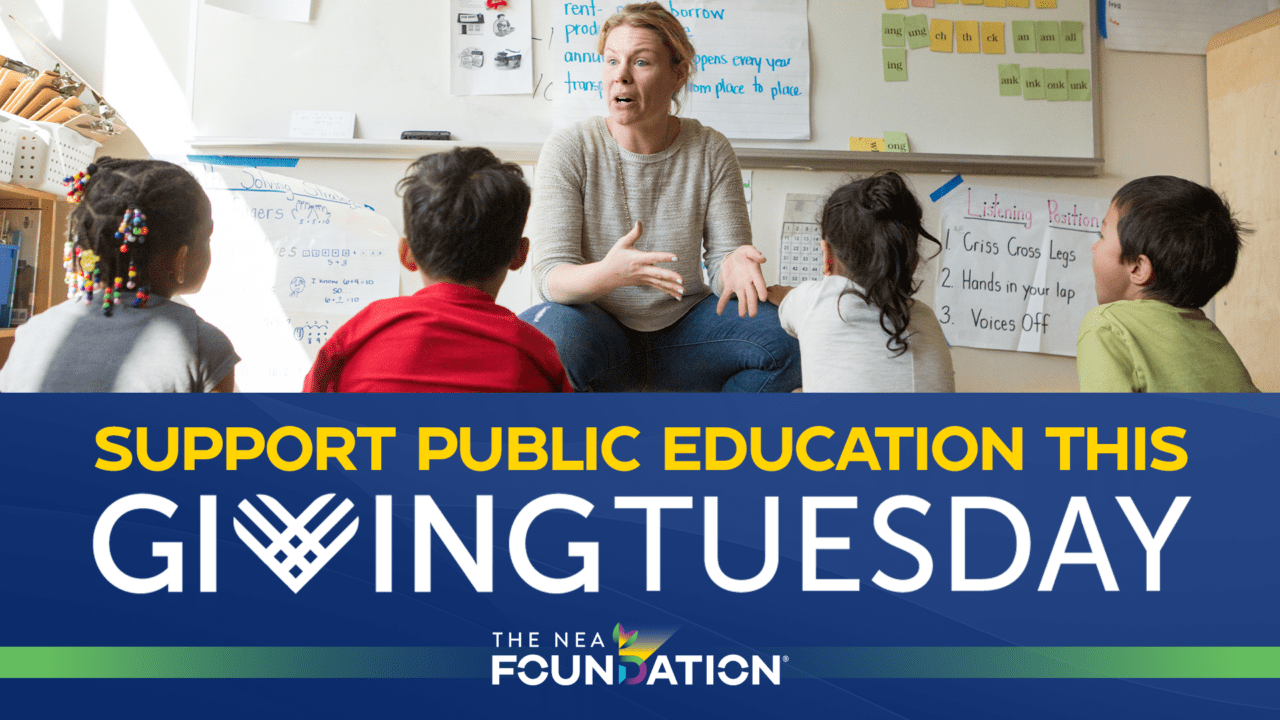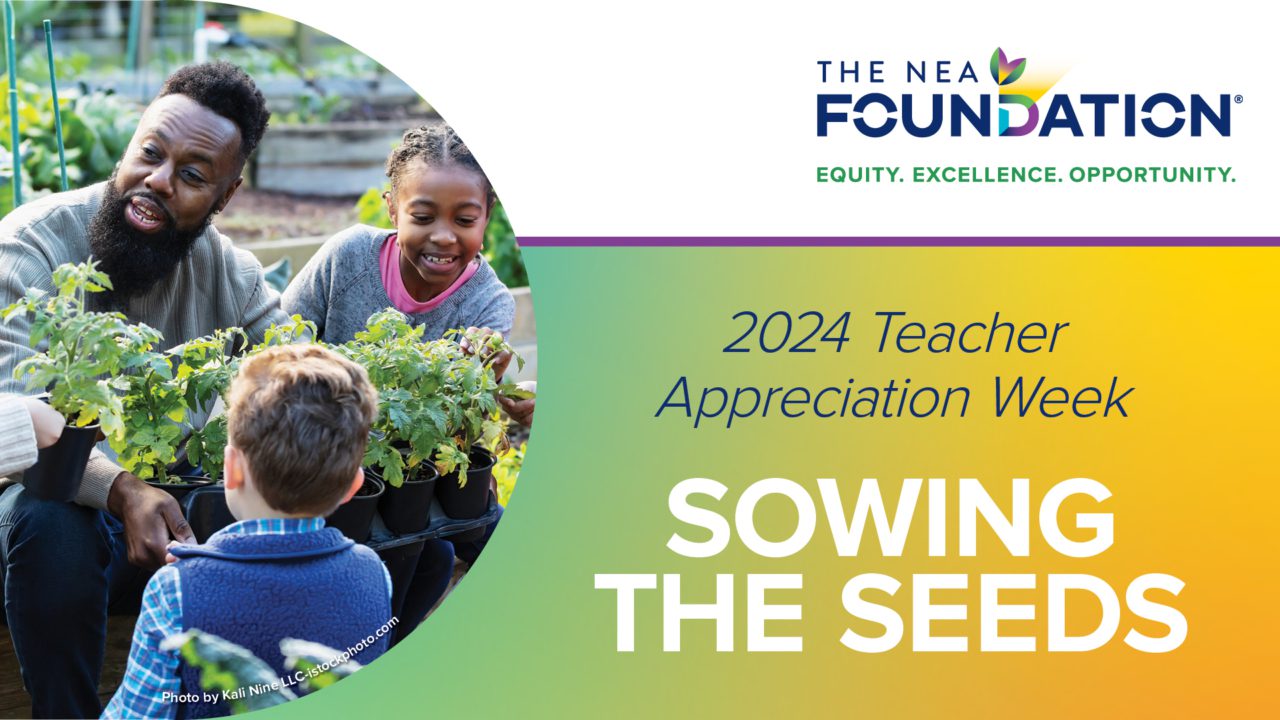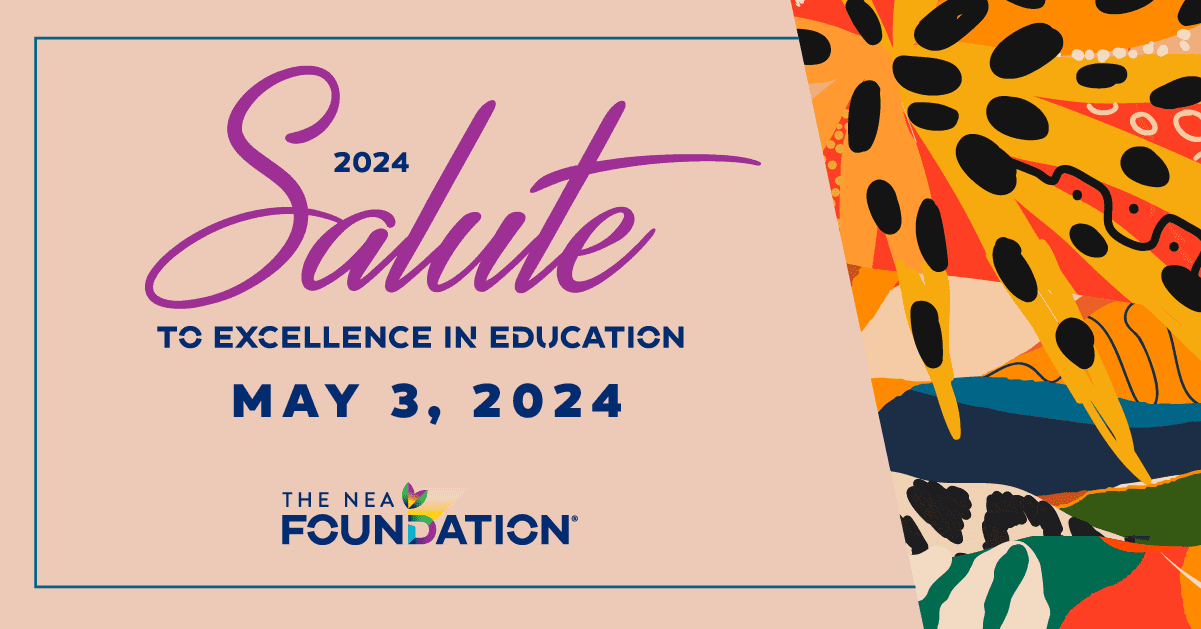By Anastasia Ordonez, Director of Strategic Communications at HEAL Together
This is the first in a series of guest blog posts by HEAL Together. HEAL Together is an initiative of Race Forward in partnership with NYU Metro Center and Schott Foundation for Public Education. Together, they are building a movement of students, educators, parents, and school board members in school districts across the United States who believe that an honest, equitable, and fully funded public education is the foundation for a just, multiracial democracy.
Media stories about vouchers, educators leaving the field, chaotic school board meetings, and plunging enrollment numbers have dominated how we think about public education over the past few years. But amidst these attention-grabbing headlines, a crucial topic that doesn’t receive nearly as much focus is how America funds its public schools.
In the United States, funding for K-12 public schools comes from a combination of local, state, and federal dollars. Some states provide better funding and support to students in low-income families by subsidizing district-level programs, so that even if local taxpayer contributions aren’t enough, students’ needs can still be met. But even with some states providing more progressive funding, many students are still left out and communities are left struggling to fill the gaps. The Covid pandemic put this into stark relief.
Our inequitable school funding model, which is still largely based on local property taxes and state dollars, has created deep disparities that affect communities across the country but are most keenly felt by low-income school districts and those serving primarily communities of color. Public schools in historically marginalized communities often lack essential resources such as qualified teachers, updated textbooks, and extracurricular programs, widening the opportunity gap for students. This system is a direct threat to the vision of Brown v. Board of Education, celebrating its 70th anniversary this year, which aimed to eliminate school segregation and make available to all children the right to a quality public education.
Thankfully, communities are organizing for better resources at the district level and raising awareness with state and local policymakers about the importance of funding reform to meet the needs of all students. Their efforts are making waves across the country and inspiring others to do the same.
“The pandemic showed us that there were gaps in the system – for example, a shortage of education resources and the digital divide – and it became very clear that the gap was between the haves and have-nots,” says Dr. Tarece Johnson-Morgan, a school board member in Gwinnett County School district in Georgia, which is made up of nearly 80 percent students of color. “When our students started coming back to school with major issues around socialization, mental health, and academic performance, we knew we had to take action.”
The Gwinnett County School Board and district took extra steps to invest in social-emotional learning (SEL) so that children could better manage their emotions and be prepared to learn. Dr. Johnson-Morgan is advocating that the district run an audit of school budgets so they can better connect expenditures to student needs.
“It’s important for districts to invest in a participatory budgeting process so that the community – including educators – can provide input on where limited resources should be applied,” said Dr. Johnson-Morgan. “But our children’s futures should not be determined by their zip codes. It’s time for us to demand a funding system that ensures every student has access to the resources they need to succeed.”
Also in Georgia, a HEAL Together initiative partner, the Georgia Youth Justice Coalition, has been a leader in advocating that policymakers change the state’s K-12 school funding formula, which had not been updated since 1985. Some of the communities’ demands include more money for school counselors and allocating more money for students living in poverty.
In Michigan, where a state education funding gap of $4.5 billion has meant severe classroom crowding and the loss of vital resources like school nurses and guidance counselors, organizers from diverse backgrounds have built powerful coalitions with labor unions, parents, student groups, and community groups to push for legislative reforms that can address funding gaps. Their efforts are driving the conversation about educational equity and education funding shortfalls to the forefront of public discourse. One such coalition leader in the state is Michigan Education Justice Coalition (MEJC), another HEAL Together partner.
“MEJC is pushing for state reforms that close tax loopholes for corporations to ensure the wealthy in Michigan are paying their fair share,” said Molly Sweeny, MEJC co-chair and director of organizing at 482Forward.
The stories of hope emerging from Georgia and Michigan serve as a testament to the power of collective action in pursuit of educational equity. And while headlines over wedge issues may have captured the public’s attention in recent years, it is the issue of public school funding that lies at the heart of educational equity. By challenging existing funding models and advocating for systemic reforms, communities across America are paving the way for a more just and inclusive public education system.
Equitable funding will mean different things to different districts, but a good place to start is system-wide reform that aims to achieve the following:
- Actively and intentionally engage educators, parents, youth and school board members to identify the needs of students and build out budgets that address those needs (a good resource for walking through this process can be found here)
- Provide more funding to districts with low property wealth (progressive vs. regressive funding)
As we continue to amplify these voices and champion equitable funding, we move one step closer to realizing the promise of equal opportunity for all students, regardless of their background or zip code.
Recommended Reading:
- https://www.epi.org/publication/public-education-funding-in-the-us-needs-an-overhaul/
- https://edtrust.org/wp-content/uploads/2014/09/Equal-Is-Not-Good-Enough-December-2022.pdf
THE NEA FOUNDATION IS COMMITTED TO FEATURING DIVERSE VOICES AND PERSPECTIVES ABOUT CRITICAL ISSUES FACING PUBLIC EDUCATION, STUDENTS, AND EDUCATORS. THESE VIEWS DO NOT NECESSARILY REFLECT THOSE OF THE NEA FOUNDATION.

